Bipolar and Being Born This Way
Meg’s diagnosis enabled her to make sense of her past and her personality. Through learning she has bipolar disorder, Meg was able to come to terms with her addiction and make a decision about her marriage.
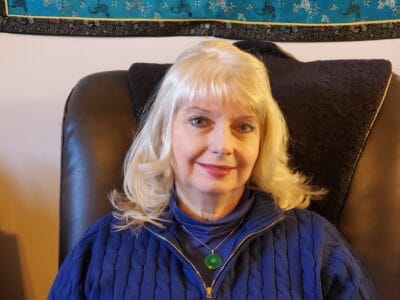
Story
I was 45 when I was first diagnosed with bipolar disorder. Looking back on the way I had always described myself, I now realize I was describing someone living with this disorder. It is painfully obvious today, but hindsight is 20/20. I had always described myself as incredibly happy or incredibly sad. People would comment on how I talked so fast for a Southerner from Atlanta whose mother’s name was Dixie. Life was then–and is now–a run-on sentence for me.
I have since learned that people diagnosed with bipolar can be fast talkers, have delusions of grandeur, and spend too much money. Substance use is also common. Looking back on my history with crack cocaine and my tendency to shop, it all makes sense to me now.
After all, we were all members of the same club—whether we wanted to be or not.
I believed that I was creative—a theatrical eccentric à la Tallulah Bankhead! I also believed that I possessed the writing talent and exuberant love for the life of Zelda Fitzgerald and the sexual energy of the voluptuous Marilyn Monroe. Carrie Fisher and I were kindred birthday spirits (we were both born on October 21), but I also believed we were kindred spirits in living with bipolar disorder. Looking back on these wonderful ladies with whom I identified, I wasn’t surprised when I was diagnosed. After all, we were all members of the same club—whether we wanted to be or not.
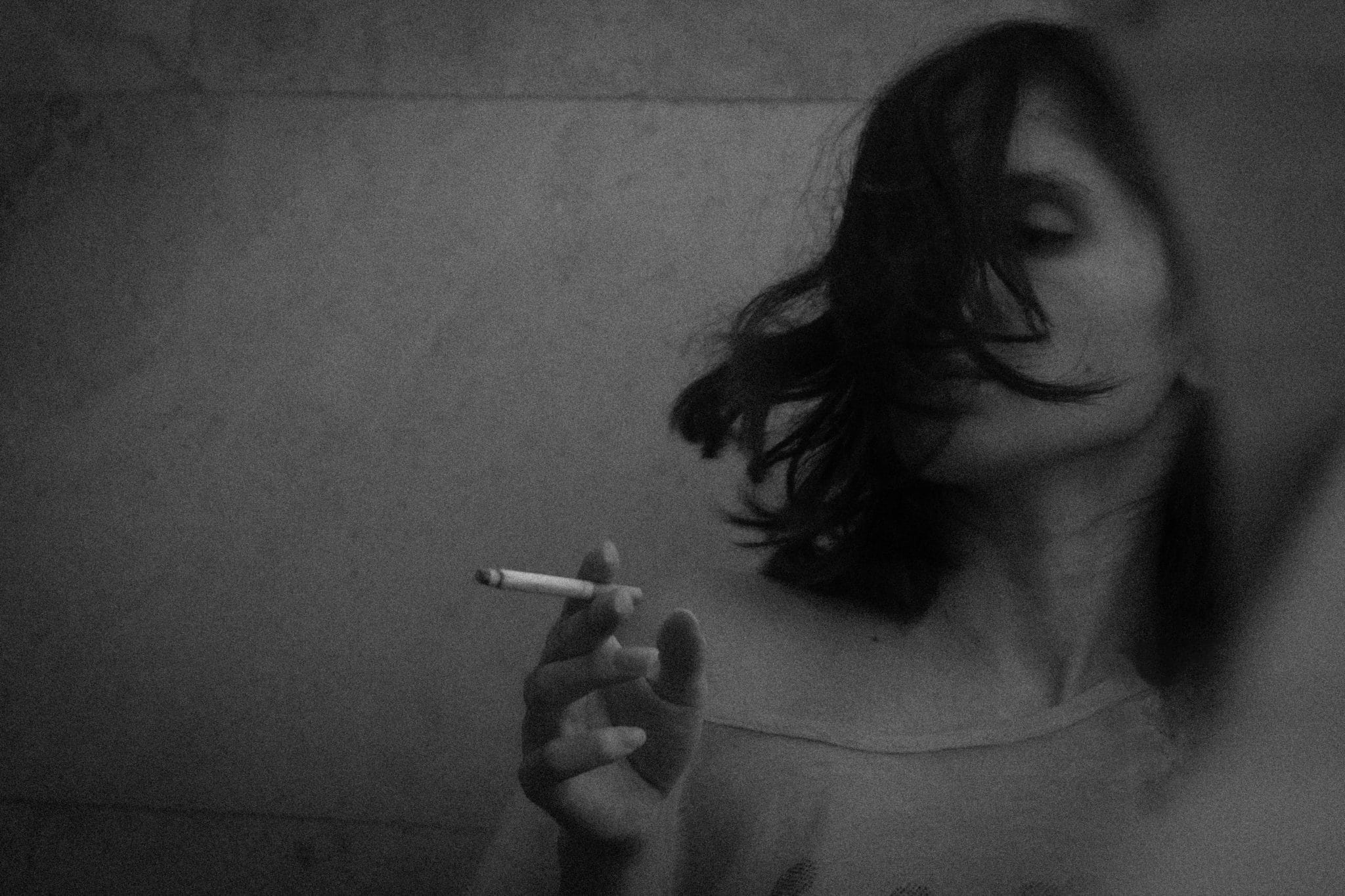
My family history of mental illness was another indicator. Thinking about my mother, Dixie, and her mother, Margaret, it was painfully obvious that they both lived with bipolar. The doctors knew that there was something off about my grandmother. However, it was the 1970s, so they diagnosed her with Alzheimer’s.
The year I turned 45, my not-so-fabulous husband of 17 years handed me something and said, “Here, smoke this.” I am a child of the 1970s, so I assumed it was marijuana and smoked it. Little did I know that my husband, whom I had known since the age of four, had handed me crack cocaine without telling me. At the time, I didn’t ask any questions because I trusted him. This was a huge turning point in my life. There should have been a loud sound to warn me, like the sound in the play The Diary of Anne Frank that signaled the arrival of the police. That piercing sound has lived in my soul, and to this day, I hear it as my inner voice telling me to stop and think about what I am doing. Instead of heeding this voice, I bulldozed ahead with my usual “ready, fire, aim” personality!
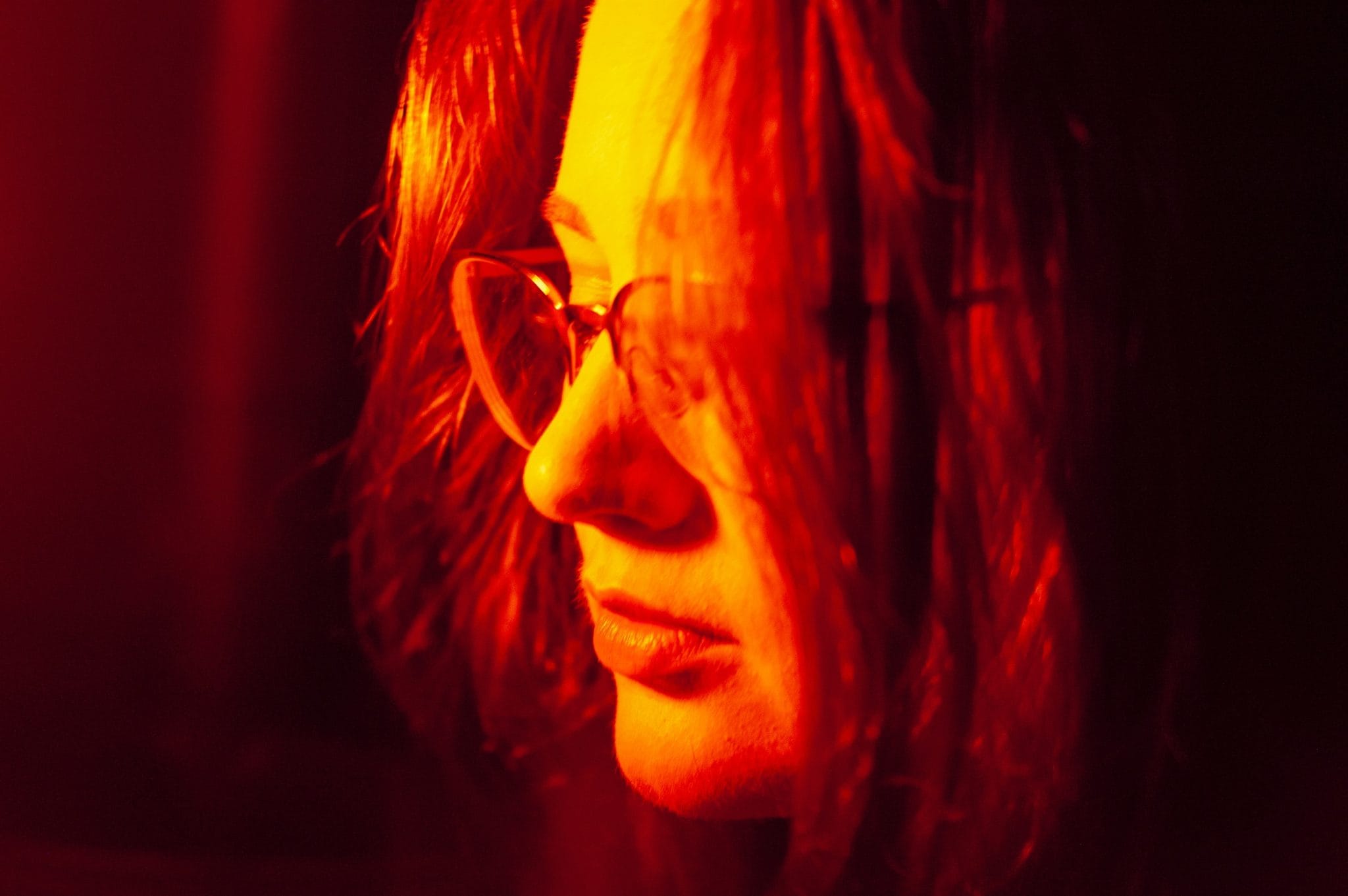
My husband had been using drugs for a long time, which I didn’t know at the time. Our marriage had been on a downswing, and I wanted to reconnect with him. I didn’t usually smoke marijuana because it made me paranoid. I didn’t want to feel paranoid. I wanted to feel happy and energized. When the cocaine hit my system, it made me see the world in bright colors, which represent happiness to me, instead of the dull, sad pastel shades I had been living with recently in my marriage. I definitely chose happiness over dullness and sadness—no surprise there! I much prefer being manic to being a depressed shell of myself.
Then, with no notice, your parade is being rained on, all of the colors begin to run together, and you are soaking wet, cold, and unhappy.
For the next nine months, I was hooked on crack cocaine and the feeling it gave me. At first, life became one big party. I stayed awake for days at a time, smoking, watching movies, listening to music, and seeing the world for the first time–or so the cocaine deluded me into believing. Everything was vivid with bright colors. Then the drug rained on my parade. This is the dirty little secret when doing drugs. First, you are happy, marching in your colorful parade, laughing and singing happily. Then, with no notice, your parade is being rained on, all of the colors begin to run together, and you are soaking wet, cold, and unhappy. I went from the overly confident life of the party to a recluse who walked with her shoulders bent and no will to live anymore. My weight shifted from 160 pounds to 88 pounds.
The first night, my husband and the other couple we partied with were with me on this colorful parade. Even though my own personal, peppy parade didn’t last nearly long enough to satisfy my tendencies, I still became another sad statistic for drug addiction and began a depressive downward spiral that allowed the other side of my personality to become dominant. Depressed, sad, and feeling like I had ruined my life, I wallowed in my self-pity for a couple of weeks.
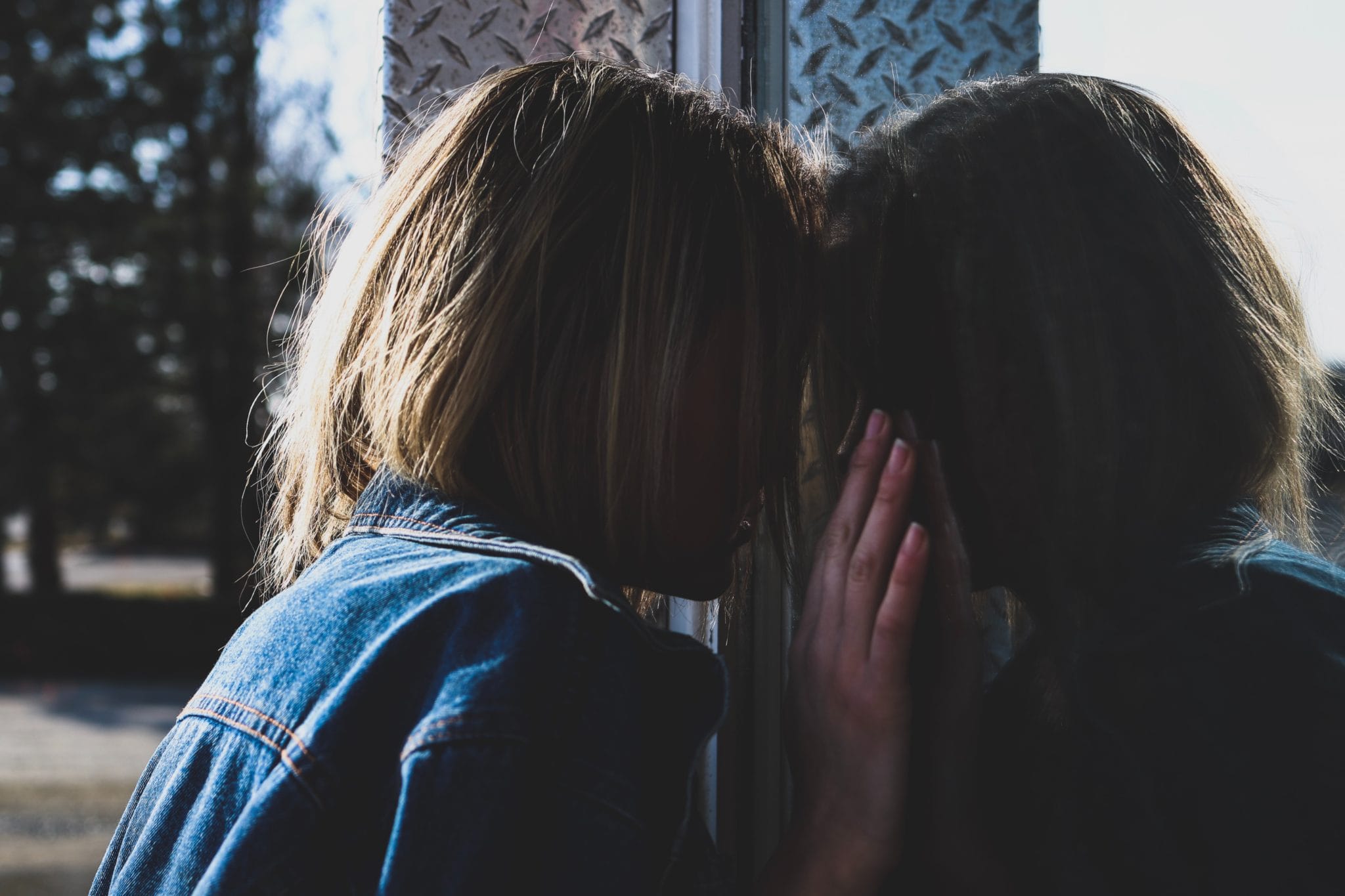
That being said, I seem to process feelings quickly. I talk fast, think fast, act fast, and get over situations fast. I believe these qualities are related to the manic bipolar part of my personality. Everything is bright, fun, and festive. Then suddenly, it is dark, dull, and sad. I’ll be happily singing songs to my cat, making up hilarious lyrics to popular songs, or making faces to myself in the mirror while quoting my favorite movie line by Bette Middler in Beaches: “Okay, enough about me. Tell me–what do you think about me?” Then, without even thinking about it, my mood changes, and I am sitting on the sofa, snacking on barbecue potato chips, and watching four hours of The Gilmore Girls without moving. Or I’m crying at animal rescue commercials, thinking about all the animals that need to be rescued. I’m exhausted and become a bonafide depressed couch potato.

I realized later what my drug use had done to me. I had always been the rare one in my group of friends who didn’t do drugs. With the encouragement of my husband, I joined the party and learned how much fun it was to get high. I am not proud of this discovery. In fact, I’m quite ashamed of how easily I became addicted to crack cocaine. At the time, I had not been diagnosed with bipolar disorder. It is only now that I realize crack cocaine is highly addictive and people diagnosed with bipolar disorder tend to be highly susceptible to addiction, which is exactly what happened to me. What’s surprising is that I had not become addicted earlier. Even though my husband and I had been married for a long time, I had never felt the need to do drugs or drink alcohol. My vices were Diet Dr Pepper and gleefully shopping online as I reached a first-name basis with my UPS delivery man!
I wanted to fit in with him and his world.
I think the most important lesson that I learned from my foray into drugs was, as William Shakespeare said, “To thine own self be true.” Well, I wasn’t true to myself; I was trying to heal my crumbling marriage, so I smoked what my husband offered me. I wanted to fit in with him and his world. Another important lesson I learned was that I needed psychiatric help. I sought out a therapist and learned that I was living with bipolar. I took a quiz, did lots of research, and figured out that I was 88% likely to be diagnosed with bipolar. Suddenly, so much of my life and my “crazy” personality quirks made sense.
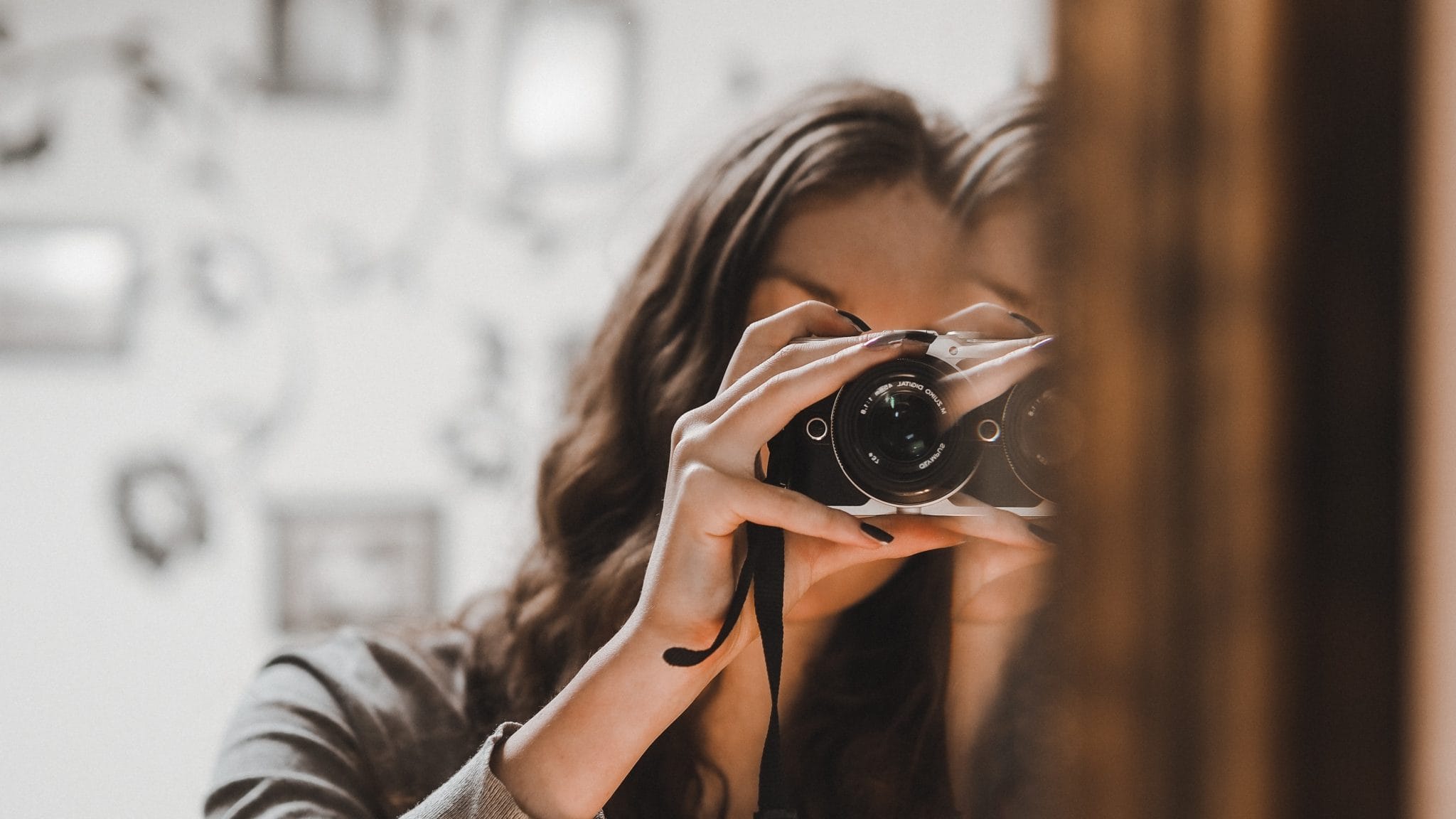
I eventually made the decision to leave my husband. This decision came to me in a calm realization, not a frantic, manic mood. I listened to my own soul in a quiet way. That’s how I knew it was the right decision, made in my right frame of mind. My therapist let me know that I was making progress and was on a good road. I realized this would be a lifelong struggle with my two intense, uniquely quirky personalities. That’s why people were described as “manic-depressive” years ago. Now, the politically correct term is “a person with bipolar disorder.” This emphasizes the person, not the disorder. We have bipolar disorder, we are not bipolar. This concept lets me feel more in control and less labeled. And this, my friends, is a good thing. Because I am being true to myself, just like Shakespeare taught me.
About the contributor
Meg Henderson Wade is a Southern baby boomer who was born in Atlanta and grew up in Martinsville, Virginia. She is an author, actor, motivational speaker, and dancer. She enjoys theater, movies, reading, and Asian culture.